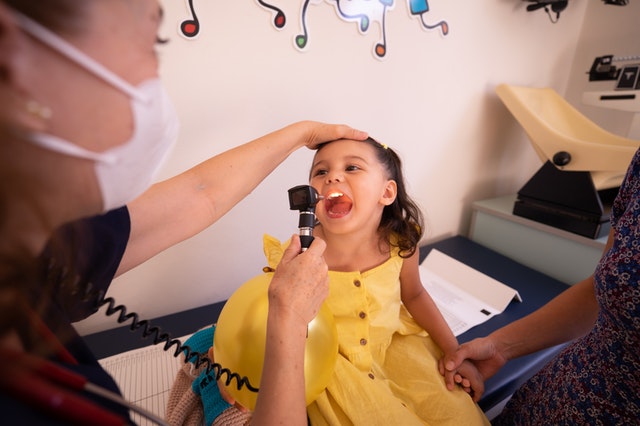Pediatricians are the leading branch of general medicine which involves the treatment of children, infants, and teenagers. The American Academy of Pediatrics recommended that all children be seen by a pediatrician through the age of 18. In the United Kingdom, pediatricians covers all patients from birth to the age of eighteen. In Canada, the age limit is 18 years. In other countries, pediatricians are doctors who specialize in treating young patients with various diseases.
Many pediatricians continue their education even after becoming specialists. Many pediatricians continue their education and specialize in particular areas such as autism, childhood diabetes, cystic fibrosis, and traumatic brain injury. Some pediatricians choose to become teachers or coaches. Specialists in the areas of pediatrics and obstetrics/gynecology often work with students to help them learn about the health of their bodies while they are still growing. Some specialists even help students decide on career goals.
Children live for just a few months, so it is natural for them to feel anxious and frustrated when they cannot eat, sleep, or perform most activities normally. This is why many pediatricians provide specialized training to address these concerns. A pediatrician treats these children differently than their grown counterparts. Because of this, pediatricians are also able to identify emotional problems that adults may not be aware of.
A pediatrician works closely with these children because the health of babies and children change rapidly during their first two years of life. As a result, pediatricians need to have excellent diagnostic, and treatment skills. These skills are learned from training and experience. In some cases, pediatricians work with special education teachers and therapists to provide these services.
In order to become a pediatrician, an individual must complete a four-year undergraduate degree at an accredited university or college followed by four years of graduate study in the field of medical science. Many physicians choose to go on to earn a master’s degree, doctorate degree, or doctoral degree. Pediatricians and other subspecialists are required to have a certain amount of professional experience before they can apply for the pediatric practice medicine residency. The requirements for this process vary by state. Most pediatricians complete this process within the year after completing their undergraduate degrees.
Pediatricians see a wide variety of patients. These include children, adolescents, pregnant women, and adults. Many pediatricians work with children through early childhood, which is considered a critical period for psychological and physiological development. Pediatricians treat all kinds of patients including those who have autism, intellectual disabilities, learning disabilities, and mental health issues. They are specially trained to deal with teens, and children who have behavioral problems or other challenges.
A pediatrician treats many different sub-populations of children. He may work in a hospital or special children’s ward. He may work with special needs families, or he may be responsible for working with individuals or families in a community-based setting. A pediatrician must have a broad range of skills, including special training in the diagnosis and treatment of childhood diseases, such as autism, Asperger’s Syndrome, and cerebral palsy. Pediatricians also must have training in managing and organizing patient’s medical records, as well as providing referrals to physicians for medical care. In addition to standard medicine, pediatricians often treat children using holistic approaches, such as homeopathic and alternative medicine.
There are many specialty areas within the field of pediatrics. Specialists within this specialized field include child psychiatrists, developmental therapists, and social workers. A pediatrician specializing in treating infants, children, adolescents, and young adults can provide excellent treatment for their emotional and physical health.






